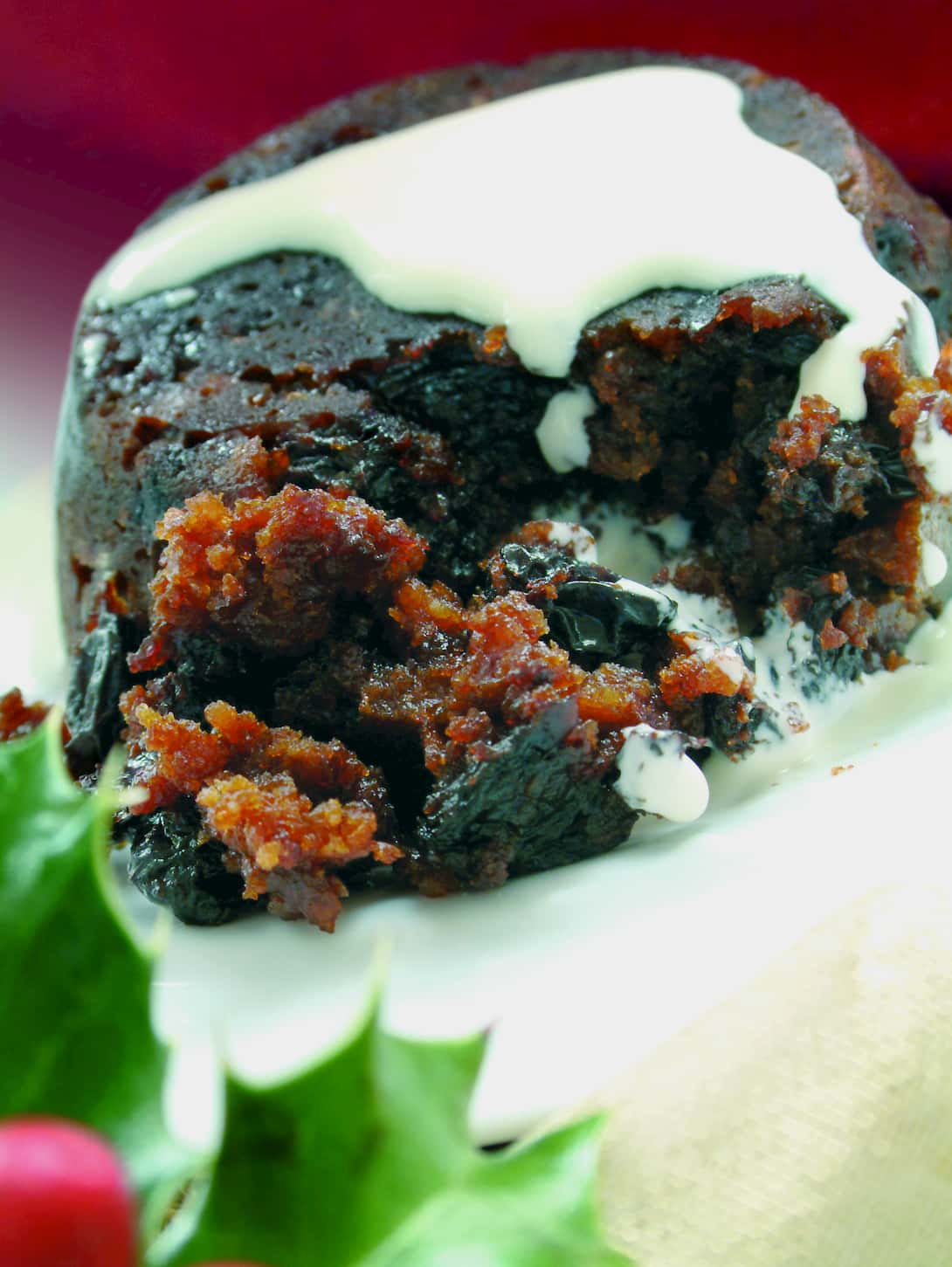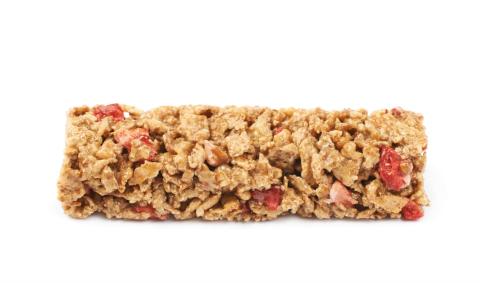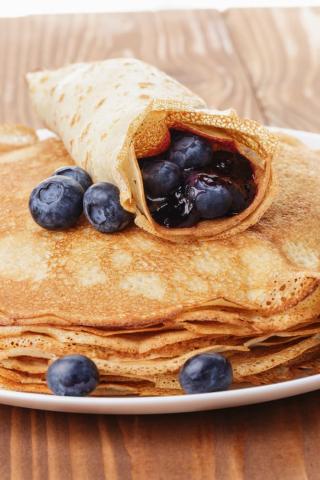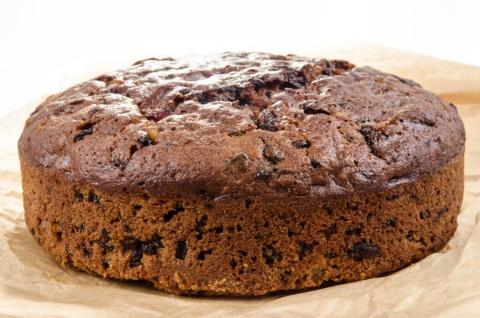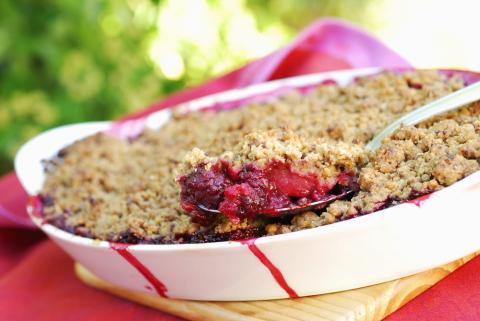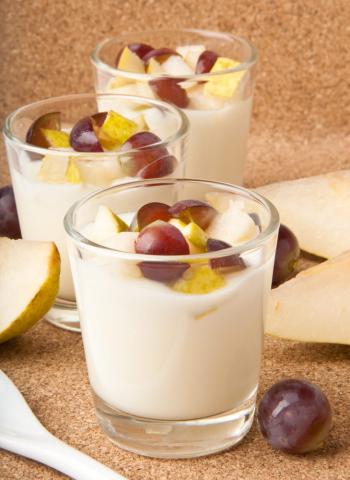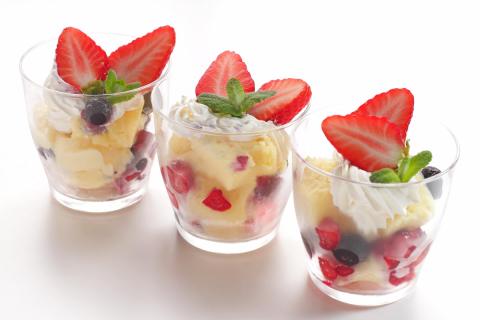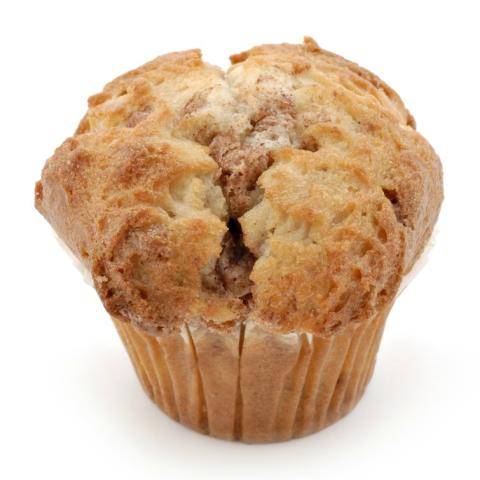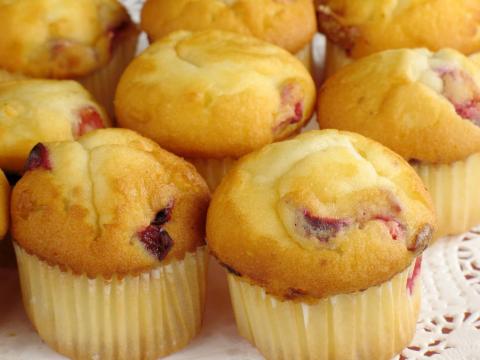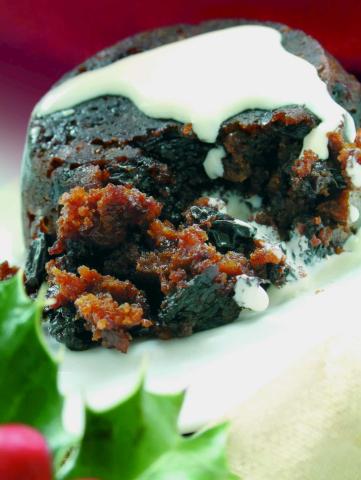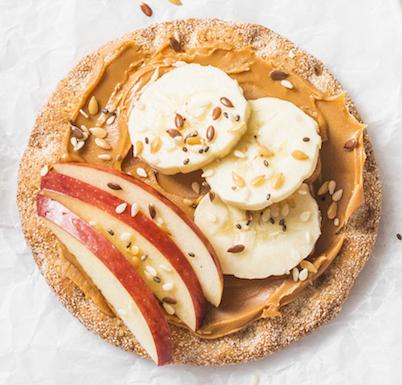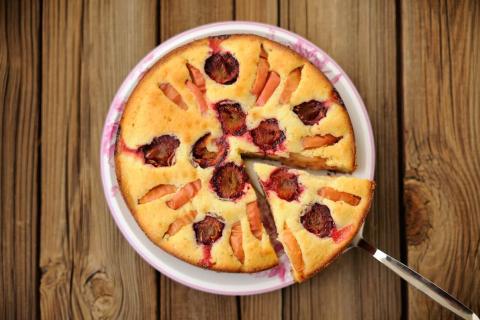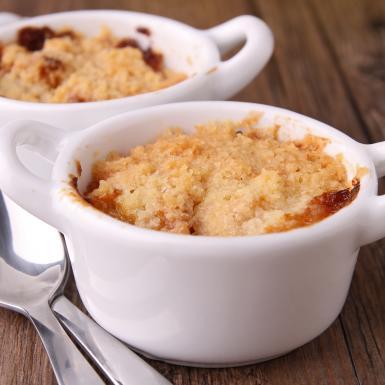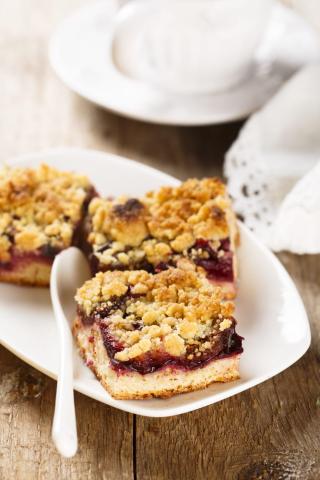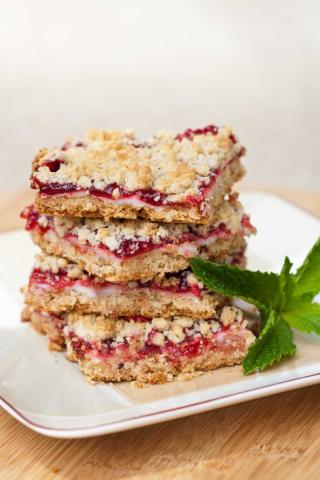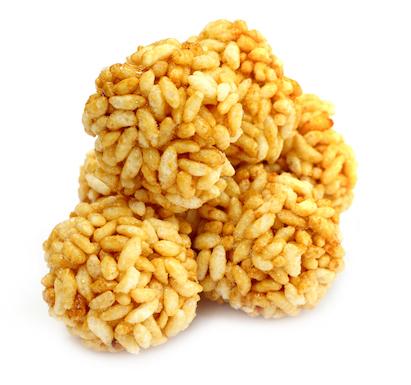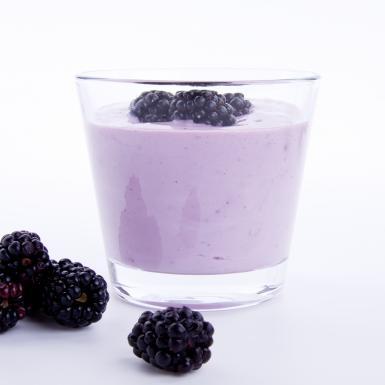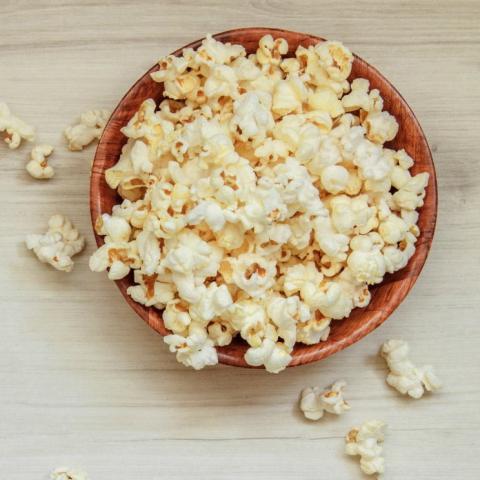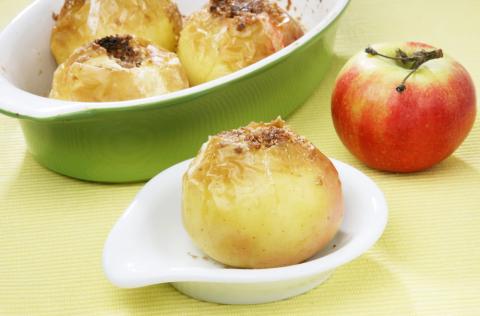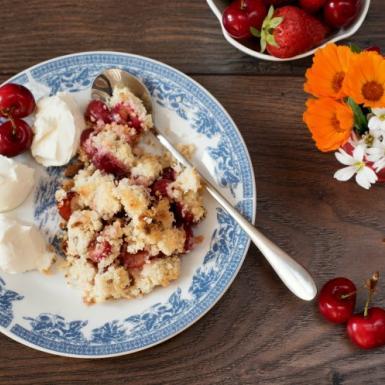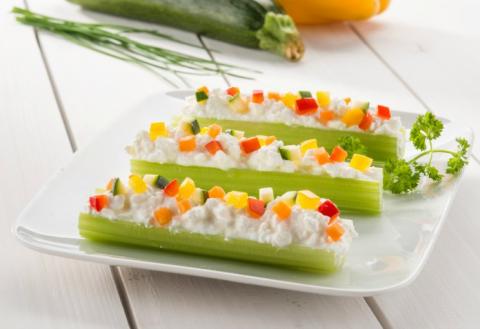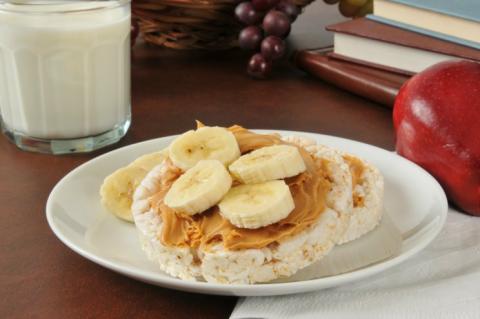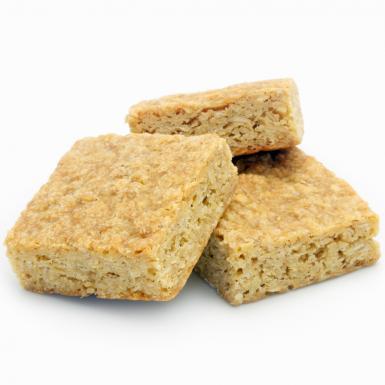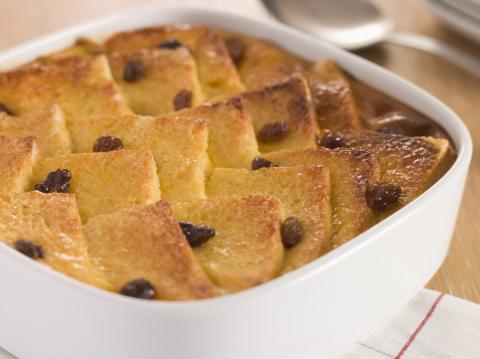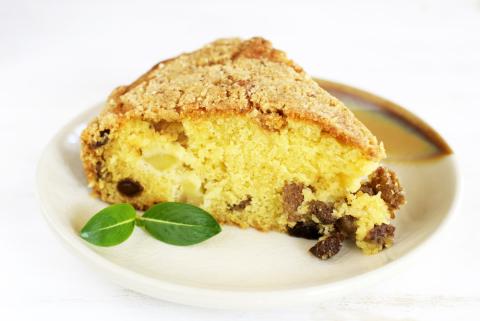- 10 Tablespoons (300g) Dried Mixed Fruit
- 5 Dessert spoons (50ml) Freshly Squeezed Orange Juice
- 2 ½ Heaped Tablespoons (75g) Self-Raising Flour
- ½ Teaspoon (2g) Ground Cinnamon
- ½ Teaspoon (2g) Ground Mixed Spice
- 3 Tablespoons (50g) Breadcrumbs
- 2 ½ Tablespoons (50g) Brown (Demerara) Sugar
- 2 Medium sized (224g) Apples
- 2 (100g) Eggs
- 4 Tablespoons (60ml) Semi-Skimmed Milk
- 3 Heaped Teaspoons (51g) Honey
- 12 Tablespoons (480g) Fat Free Plain Yoghurt
Ingredients
Allergy Disclaimer
Always check the label of each ingredient for allergy warnings.
Method
- Soak dried fruit overnight in the orange juice.
- In a large (1.2 ltr) microwavable bowl mix flour, cinnamon, mixed spice, breadcrumbs and sugar.
- Add dried fruit and orange juice to the bowl.
- Peel and grate the apple and add to the bowl.
- Crack eggs into another bowl and beat with a fork and mix in the milk and honey.
- Add the egg mixture slowly to the other ingredients, continually stirring.
- Place a plate upturned on top of the bowl and microwave on high for 5 minutes. Leave to stand for 5 minutes and then heat for a further 5 minutes.
- Serve your Christmas pudding with yoghurt.
Time Saver Tips
Can be made in advance and cooked when ready to serve.
Cost Saver Tips
Look for offers on fruit, can use any leftover dried fruit instead of a mixed bag. Also, try to make your own breadcrumbs.
Tips for Kids
They will enjoy weighing and mixing the ingredients together.
Nutritional Information
Based on a single serving of 172g (% of an adult's reference intake)
Energy
263 kcals ( 13 %)
1,104 kJ ( 13 %)
Fat
0.5 g ( 0 %)
Saturates
57.3 g ( %)
Sugar
45.8 g ( 51 %)
Salt
0.3 g ( 6 %)
Detailed nutritional information
| Per 100g | Per 172g serving | |
|---|---|---|
| Energy Kcals | 2,153 | 263 |
| Energy Kj | 642 | 1,104 |
| Protein | 4.4 g | 7.6 g |
| Total Fat | g | g |
| Saturated Fat | 0.3 g | 0.5 g |
| Carbohydrates | 33.3 g | 57.3 g |
| Total Sugars | 26.6 g | 45.8 g |
| NSP Fibre | 0.9 g | 1.5 g |
| Sodium | 82 mg | 141 mg |
| Salt | 0.2 g | 0.3 g |
Find out about nutritional labelling
Nutrition labels on the front of packaging
- Most of the big supermarkets and many food manufacturers display nutritional information on the front of pre-packed food.
- Front of pack nutrition labels provide information on the number of grams of fat, saturated fat, sugars and salt and the amount of energy (in kJ and kcal) in a serving or portion of a recipe.
- The labels also include information about reference intakes (expressed as a percentage) which are guidelines about the approximate amount of particular nutrients and energy required for a healthy diet.
- The colour coding tells you at a glance if the food has high (red), medium (amber) or low (green) amounts of fat, saturated fat, sugars and salt.
- The more greens on the label, the healthier the choice
- Amber means neither high nor low, so you can eat foods with all or mostly ambers on the label most of the time.
- Reds on the label means the food is high in that nutrient and these are the foods we should cut down on. Try to eat these foods less often and in small amounts.
Food shopping tips
If you’re trying to decide which product to choose, check to see if there's a nutrition label on the front of the pack. This will help you to quickly assess how your choices stack up. You will often find a mixture of red, amber and green colour coding for the nutrients. So when you're choosing between similar products, try to go for more greens and ambers and fewer reds if you want to make a healthier choice.
 Activities & Play
Activities & Play Behaviour
Behaviour Childcare
Childcare Development & Growing Up
Development & Growing Up Family, Friends & Relationships
Family, Friends & Relationships Feeding Your Baby
Feeding Your Baby Food & Eating
Food & Eating Health & Safety
Health & Safety Mental Health & Wellbeing
Mental Health & Wellbeing Money & Work
Money & Work Online Behaviour & Safety
Online Behaviour & Safety Pregnancy & First Days
Pregnancy & First Days School & Education
School & Education Sleep
Sleep

